
Maintain Your Trees
Tree Pruning
Proper pruning can reduce the chances that a tree will fail, and in turn potentially make your property safer. Improper pruning can damage your trees and cause significant long term problems. Our experienced crew and certified arborists can help you make the right decisions for your trees.
Do you want to know why some of the trees in your neighborhood look so vibrant and beautiful? Have you ever found yourself wishing that the trees in your property can achieve that magnificent look?
Trees are among the most magnificent living objects found in nature. They can make any landscape look serene and brimming with life. But as beautiful and majestic as they are, they require a bit of care to maintain their appearance. One of the maintenance processes that a tree requires is pruning.
Pruning Benefits
Sandborn Tree Service Inc. is a complete tree care provider. Our estimators will provide a free estimate and provide you with the facts you need to make an informed decision. Your satisfaction and the health of your trees are of the utmost importance to us. Don’t do it yourself, hire a professional!
How Do I Know I Need Sandborn Tree Services?
Tree Pruning
- Are there large dead brances, thinning or off color foliage in the tree?
- Have any branches fallen from the tree?
- Are there overgrown branches or bushes crossing over your neighbor’s property line?
- Do you notice extra thick foliage, watersprouts, excessively long or heavy limbs?
- Are there an abundance of small dead twigs in the tree?
- Does the tree have cavities or rotten wood along the tree trunk or in major branches?
- Are there mushrooms at the base of the tree?
- Has the trunk started to lean?
- Is the soil uplifted on the opposite side?
- Have the roots been broken or injured by sidewalk repair or trenching?
- Has the landscape been changed recently by construction or lawn installation?
- Have trees in adjacent wooded areas been removed?
Any of the above are good clues about your trees needing some attention.
Sandborn Tree Service adheres to following the ANSI A300 National Standard for pruning
With the American National Standard for pruning, ANSI A300, specifications can be written in a virtual infinite number of combinations. The following information is designed to help you understand exactly what will be accomplished in a pruning operation.
- Branch Size: A minimum or maximum diameter size of branches to be removed should be specified in all pruning operations. This establishes how much pruning is to be done.
Pruning objectives should be established prior to beginning any pruning operation. A 300 provides to basic objectives.
- Hazard Reduction Pruning: Hazard reduction pruning (HRP) is recommended when the primary objective is to reduce the danger to a specific target caused by visibly defined hazards in a tree. For example HRP may be the primary objective if a tree has many dead limbs over a park bench.
- Maintenance Pruning: Maintenance pruning (MP) is recommended when the primary objective is to maintain or improve tree health and structure, and includes hazard reduction pruning. An example here might be to perform a MP operation in a front yard tree.
Hazard reduction pruning and maintenance pruning should consist of one or more of the pruning types noted below.
- Crown Cleaning: Crown cleaning shall consist of the selective removal of one or more of the following items: dead, dying, or diseased branches, weak branches, and watersprouts.
- Crown Thinning: Crown thinning shall consist of the selective removal of branches to increase light penetration, air movement, and reduce weight.
- Crown Raising: Crown raising shall consist of the of the removal of the lower branches of a tree to provide clearance.
- Crown Reduction, or Crown Shaping: Crown Reduction decreases the height and/or spread of a tree. Consideration should be given to the ability of a species to sustain this type of pruning.
- Vista Pruning: Vista Pruning is selective thinning of framework limbs or specific areas of the crown to allow a view of an object from a predetermined point.
- Crown Restoration: Crown Restoration pruning should improve the structure, form and appearance of trees which have been severely headed, vandalized, or storm damaged.
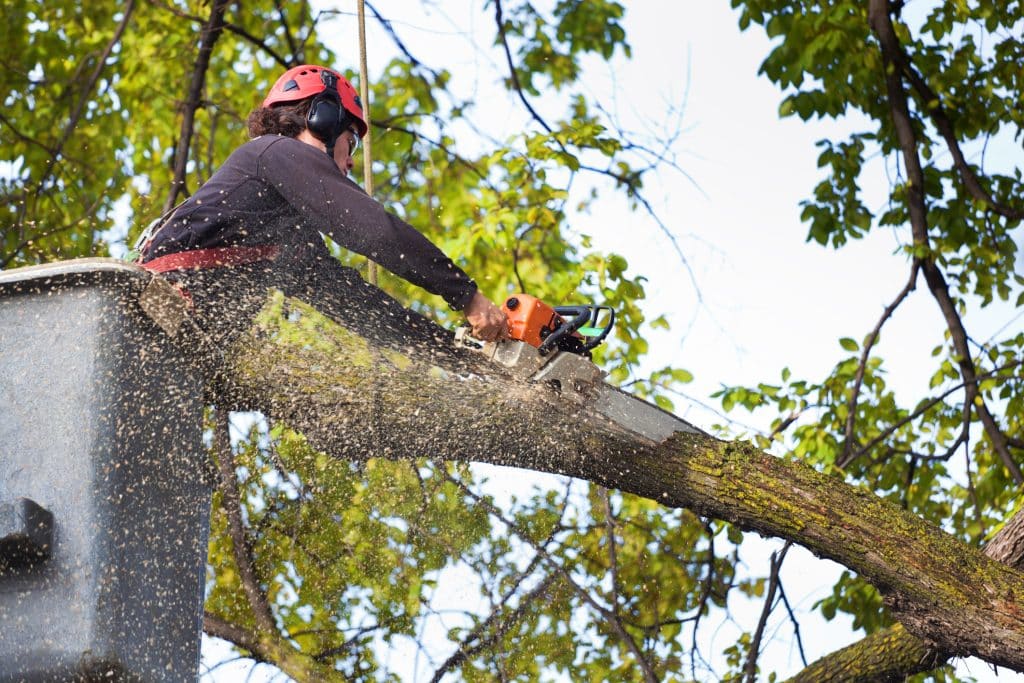
Tree Removal
In some cases, a tree may pose too great a risk or simply isn’t suitable for its location, making removal the only responsible option. While our priority is always to preserve trees when we can, our team is highly skilled in removing them safely and efficiently.
Nesting birds are protected! We can help you navigate how to avoid harming birds by following one of the nation’s oldest environmental laws: the Migratory Bird Treaty Act of 1918.
Different cities and counties have regulations and ordinances about tree removals. We can help you navigate them. Click the “Learn More” button to learn about some of the different tree protection ordinances.
Learn More About
Tree Removal ordinances
Below are different cities and counties with regulations and ordinances about tree removals.
For instance, a typical scenario might be written something like: Monterey Pine, large, in the back yard: Take down as close to 30” tall stump at flat and level as practical. Chip brush ≤12” diameter, dump chips in a large area on the west side of the pumphouse. Use the gate on the south side of the house for access. Cover sensitive landscape with plywood tents. Cover the KoI pond with tarps. Maintain minimum approach distances from high voltage lines on the back side of the tree. Cut wood >12” diameter into 16” rounds and stack on the east side of the garage. Leave premises clean. $_. Or, haul wood to Aunt Suzie’s and dump it on the driveway. Chips go to Uncle Bob’s in the lower pasture. You get the picture. The devil’s in the details. We want to make sure we get all of your expectations properly recorded so that they are done to your overwhelming delight and satisfaction. Professional Stump Removal Typically Sandborn Tree Service, Inc. removes stumps one of two ways either by grinding or excavation:
- Monterey Pine, large in back yard :Take down as close to ground as practical. Remove brush and wood. Leave premises clean. Price $____.
- Monterey Pine, large, in back yard :Take down as close to 30” tall stump at flat and level as practical. Chip brush ≤12” diameter, dump chips in large area on west side of pumphouse. Use gate on south side of house for access. Cover sensitive landscape with plywood tents. Cover KoI pond with tarps. Maintain minimum approach distances from high voltage lines on back side of tree. Cut wood >12” diameter into 16” rounds and stack on east side of garage. Leave premises clean. $___.
Or, haul wood to Aunt Suzie’s and dump on driveway. Chips go to Uncle Bob’s in lower pasture.
You get the picture. The devil’s in the details. We want to make sure we get all of your expectations properly recorded so that they are done to your overwhelming delight and satisfaction.
Stump Removal
Typically Sandborn Tree Service, Inc. removes stumps one of two ways either by grinding or excavation:
Stump Grinding
Stump grinding is a process by which a stump (the part of the tree where the trunk and roots merge) is mechanically pulverized to a specified depth and area. We need to specify depth in order to accommodate the needs of the client and not do more or less work than necessary. We need to specify the area to be ground as that typically involves root grinding. Roots can be quite extensive and if they are to be ground, the limits of depth and area need to be specifically defined in order to avoid confusion, disagreement or disappointment on the job.
Excavation
Excavation involves use of an excavator, backhoe, other mechanical device or hand labor to dig a stump out of the ground. The unearthed stump usually needs to be ground on site to facilitate its disposal as stumps are typically expensive to dispose of. Stump grindings (ground up stump matter usually referred to as stump mulch) makes an excellent mulch (to recycle nutrients on site) for trees and shrubs. It is usually kept onsite, spread over the area where the tree was or it is moved to a more appropriate area. Because it is mixed with soil, recycling facilities are not equipped to handle it, so if it is not wanted on site, disposal can be expensive.
Let me know if you would like me to modify or refine anything further!
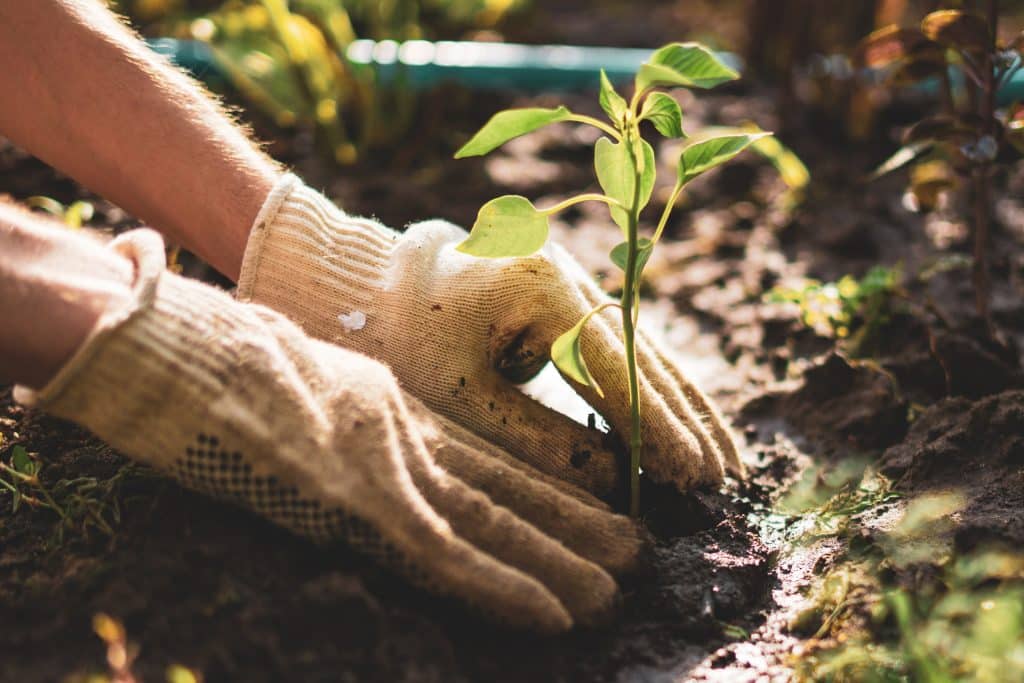
Comprehensive Root Care
Deep Fertilization
Tree fertilization involves more than simply applying fertilizer around your tree; it requires precise application to meet each tree’s specific needs. At Sandborn Tree Service, we use deep root fertilization to deliver nutrients directly to the tree’s root zone. This method involves injecting a custom blend of essential nutrients, trace metals, and organic matter 4-6 inches below the soil surface, where most feeder roots are located. This targeted approach ensures efficient nutrient absorption, minimizes runoff, and helps trees better withstand stress from compaction and drought, leading to healthier and more vibrant growth.
Why Should I Be Fertilizing Trees & Shrubs?
The Benefits
- Your trees benefit in many ways when we apply our proprietary formula tree fertilizer:
- Rejuvenates and improves soil structure
- Stimulates tree roots and stem growth
- Continuous feeding of the tree roots throughout the season with slow release nitrogen
- Encourages symbiotic activity
- Corrects deficiencies (including decline and Chlorosis – yellowing of leaves)
- Breaks-up compacted soil around the tree roots caused by foot traffic
Why Should I Be Fertilizing Trees & Shrubs?
Ask us when is the best time for fertilizing trees!
Now is the perfect time for fertilizing trees! The ideal time to start fertilizing trees is when root growth starts. The tree fertilizer can be applied in the spring when trees are waking up from dormancy and need that extra dose of nutrients or in the fall before dormancy so it is readily available in the spring when most trees ‘awake’. For sure, if your tree looks like it is in decline, not pushing out new growth, then call us immediately for treatment.
Act Now, Deep Root Fertilization Can Save A Tree!
Don’t wait until you see signs of stress to schedule your trees for this necessary application. Even trees that appear happy and healthy may be struggling to find the nutrients they need. Trees that do exhibit signs of stress have likely been in a difficult situation for a long time. Give your sick tree what it needs by signing up for Deep Tree Root Fertilizing. You will reap the benefits of healthy, vigorous trees.
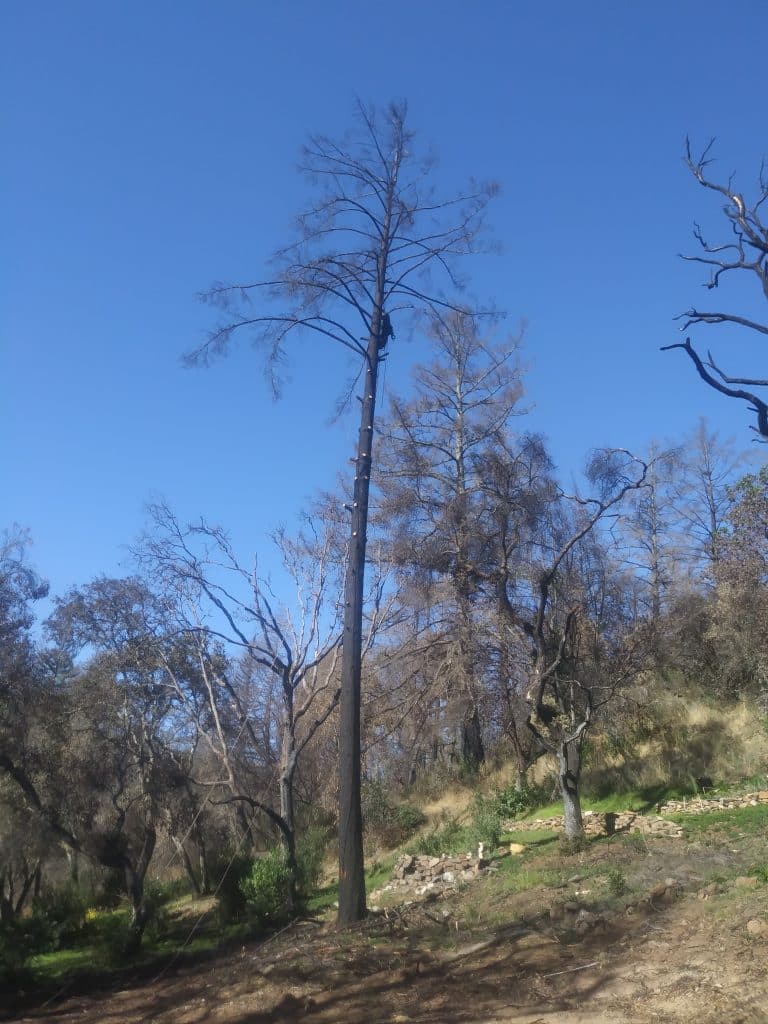
Managing The Urban Forest
Fuel Reduction
With the recent fires in California heightening concerns about wildfire preparedness in Sonoma County, Sandborn Tree Service is here to help. Since 1975, we’ve been the go-to experts for comprehensive tree care, including essential fire preparedness. We specialize in thinning and pruning trees near driveways, homes, and throughout your property to enhance fire resiliency. We also collaborate with neighborhoods to develop and implement effective fuel reduction strategies, such as shaded fuel breaks, which involve strategically removing ladder fuels and spacing tree canopies to reduce fire intensity while maintaining shade and humidity. Trust us to work with your community to ensure effective fire management and safety.
Managing The Urban Forest
Fuel Reduction
The Suburban Wildland Interface (SWI), is the description of the poorly defined boundary between forest and homes. There are approximately 1300 communities within California that fall into this category. We are continually learning how to manage the relationship between wild spaces and suburban neighborhoods. Recent large fires have shown us that we need to manage the forests close to our homes to reduce fire intensity.
Many of Sonoma Counties communities area in the SWI- it’s a new term, but Sandborn Tree Service has been actively addressing these neighborhoods for the last 50 years.
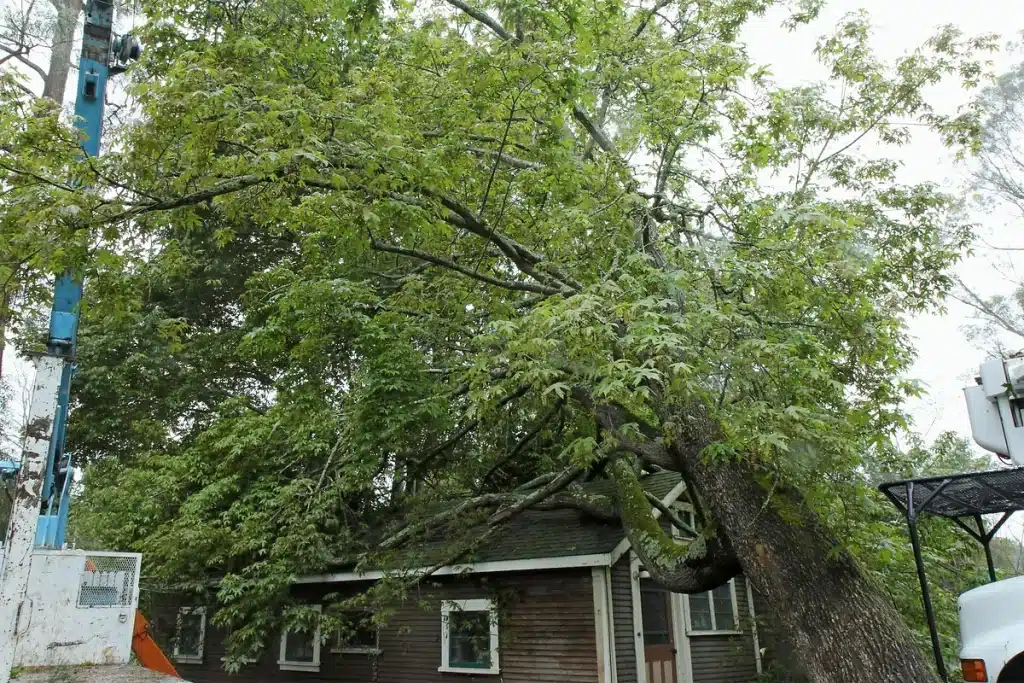
24/7 Emergency Services
Storm Damage
At Sandborn Tree Service, Inc., we offer 24/7 emergency storm damage repair services to address and restore damage caused by severe weather. Our expert team is ready around the clock to assess the damage, provide immediate temporary fixes, and carry out comprehensive repairs to your property. From securing roofs and windows to removing debris and conducting structural and interior repairs, we ensure your property is safe and restored to its pre-storm condition. Contact us any time, day or night, to get started with prompt, professional service when you need it most.
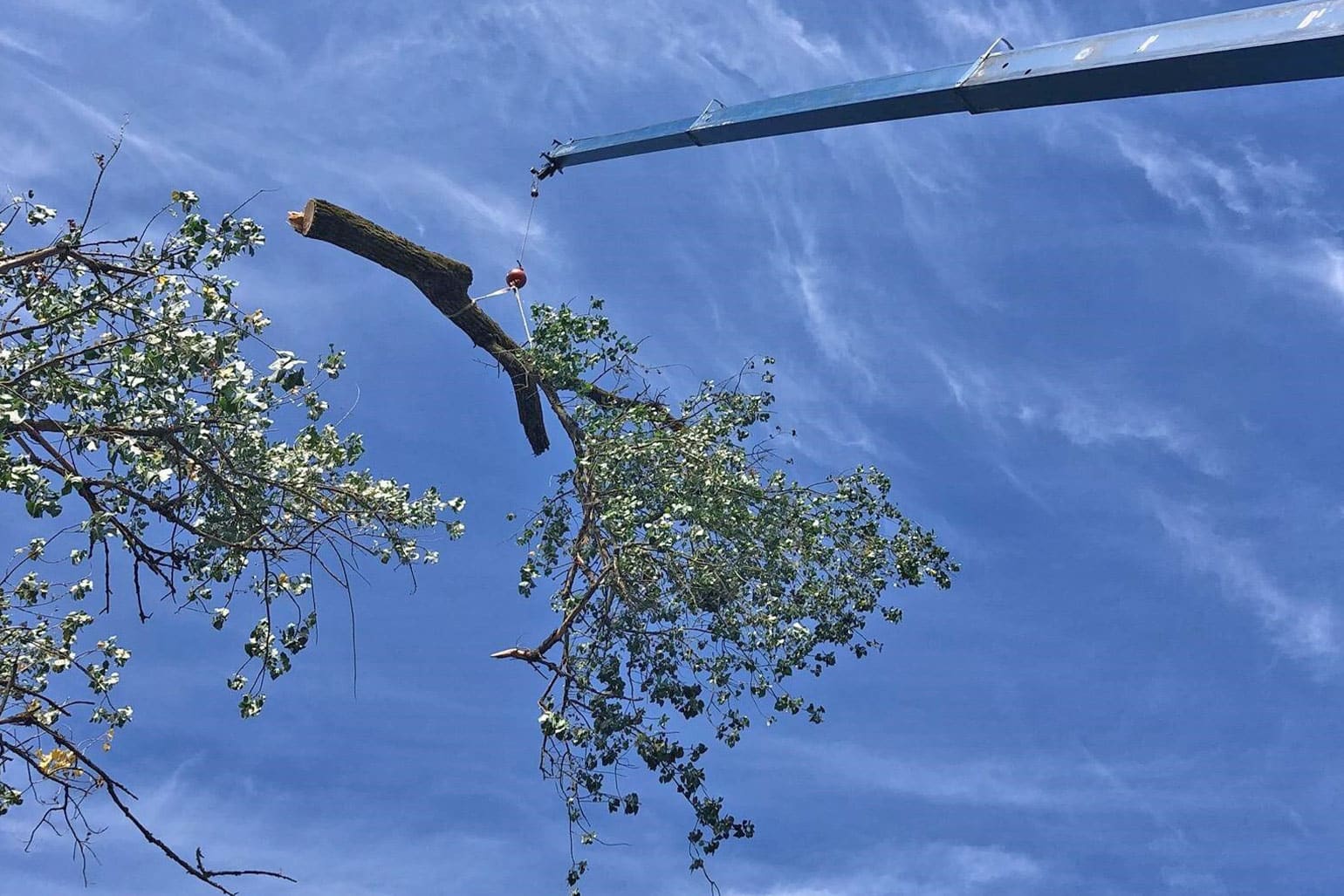
Residential, Commercial & Municipal
Crane Work
At Sandborn Tree Service, we utilize cranes for tree removal when dealing with large or challenging trees. Our process involves carefully assessing the site and positioning the crane for optimal reach and stability. Skilled arborists rig the tree, cutting it into manageable sections, which are then lifted and maneuvered by the crane to safely remove the tree without damaging surrounding structures. The crane also aids in clearing debris and restoring the site, ensuring a thorough and efficient removal process for even the most complex jobs.
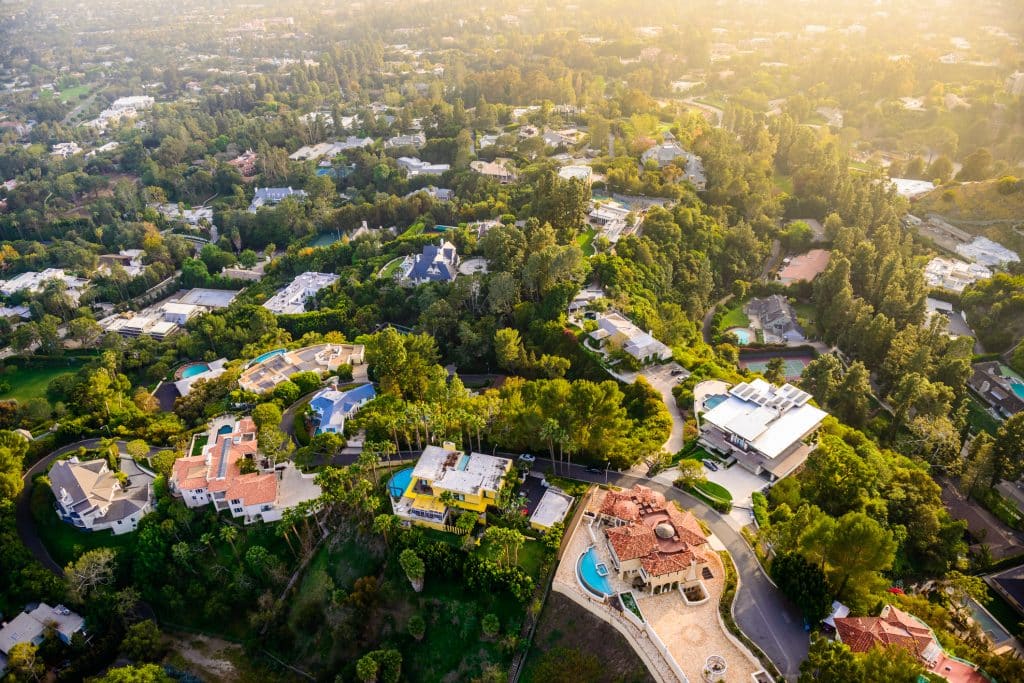
ISA Certified Arborists
Serving California
If you need a Certified Arborist in Sonoma County, you want a tree care expert who truly understands trees—their biology, health needs, and the best practices to keep them thriving. Our arborists are trained in ANSI A300 tree care standards and Z133 OSHA safety protocols, skilled in identifying local pests and diseases, and knowledgeable about Sonoma County tree ordinances.
They provide clear, actionable assessments of tree health and structure, recommend immediate and long-term care, and ensure every service is safe, professional, and tailored to your landscape. With access to advanced resources and backed by Sonoma County Board Certified Master Arborists, our team delivers the highest level of expertise and care for your trees.
Have A Question? We Are Here To Help!
Frequently Asked Questions
At Sandborn Tree Service, Inc., we understand that tree care can raise a lot of questions—whether you’re concerned about the health of a tree, planning a removal, or simply want to improve the safety and appearance of your landscape. To help you feel confident and informed, we’ve compiled answers to some of the most common questions we receive about our tree services, including trimming, removal, emergency response, and more. If you don’t see your question here, please don’t hesitate to contact us—our team is always happy to help!
We offer tree removal, pruning, trimming, stump grinding, cabling and bracing, tree health assessments, and emergency storm services.
Regular pruning improves tree health, promotes growth, enhances appearance, and removes potentially dangerous limbs.
Signs include dead or decaying limbs, visible leaning, cracks in the trunk, root damage, or the tree being too close to a structure.

